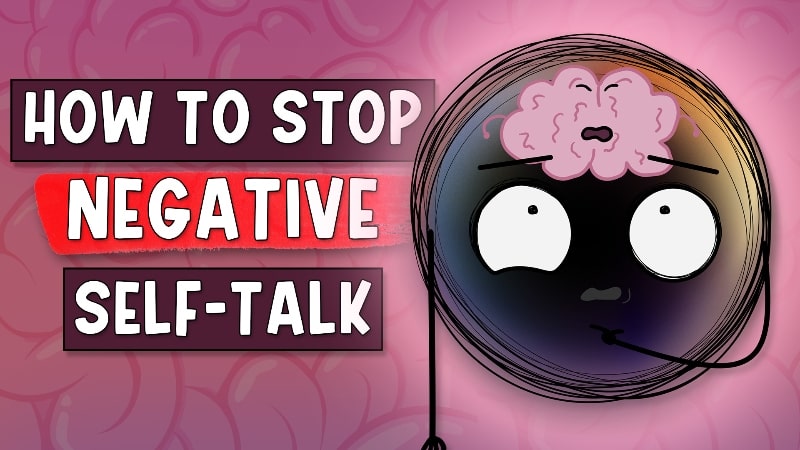Do you ever feel like a zombie in your own life? Going through the motions of your habitual routines without really seeing the world around you or really feeling like you’re in control?
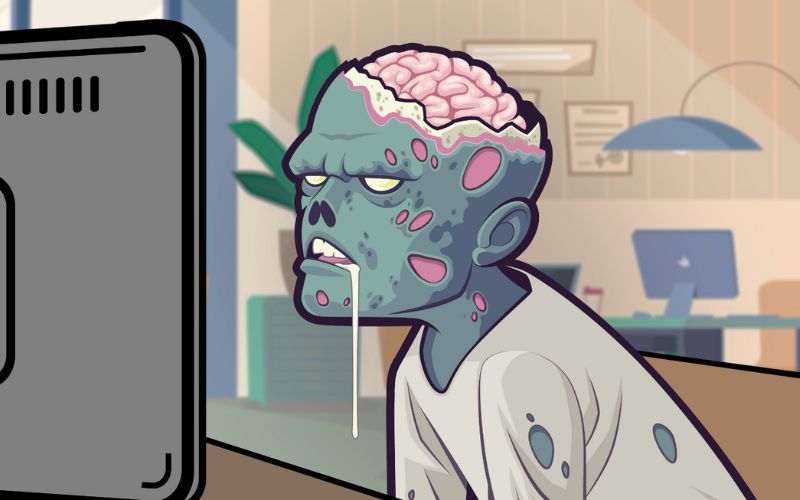
Most people live their lives on autopilot. It’s not our fault. It’s how we are programmed.
But it can often lead us to feel stuck and lack self-awareness.
To understand how to stop living on autopilot, you first have to understand what it is and why our brain functions in a way that makes subconscious living so easy.
What is Living on Autopilot?
Living on autopilot can lead us to react based on old habits and assumptions rather than being responsive to the present moment.
- You check your phone too much during dinner and miss the opportunity to connect with loved ones.
- You might skip exercise, meditation, or other healthy habits simply because you’re locked into a routine that doesn’t prioritize your well-being.
These behaviors, while seemingly small, can start to stack up and damage our relationships and our health. They can prevent us from being vulnerable and authentic with others.
We only have a finite number of days on this earth and we don’t even know how many we get. The lifespan of an average male is 73.5 years and 79.3 years for the average female.
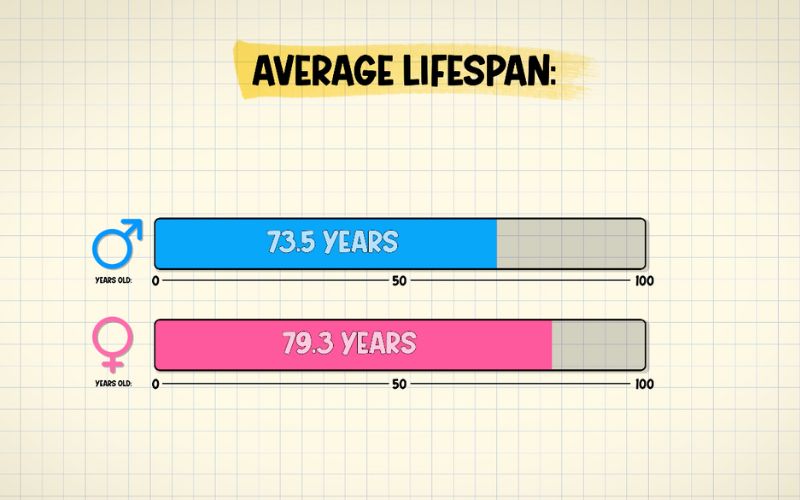
For those that aren’t so lucky, it’s only 50. Or 40. Or even 30. The point is, life is short and we spend most of our time trying to get by in our own life without truly living and appreciating every single day that we are given.
Our brains are effectively on cruise control.
Seriously, some brain scans seem to suggest that we operate only 5% of the day in a conscious state. But the thing is, we actually have the power to change that.
I first came across this concept in a book called “How to Do the Work,” by Dr. Nicole LePera, a holistic psychologist.
This post may contain affiliate links from our partners and we may receive a commission if you purchase through these links. This helps support our channel at no additional cost to you. We appreciate your support! 🫶🏼
The Conscious and The Subconscious Mind
Our brain has two main parts when it comes to control: the conscious and the subconscious mind.
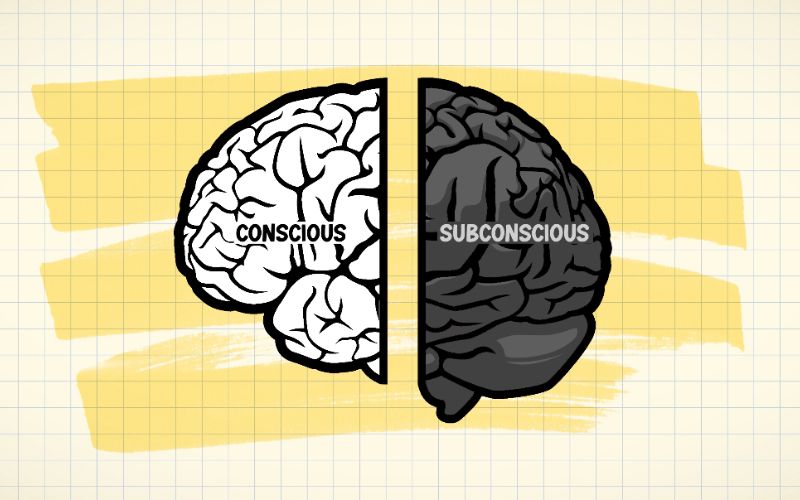
Think of the conscious mind as the CEO. It lives in the prefrontal cortex of our brain and does all of the critical thinking and decision-making. But it’s not always in charge as much as we think.
Enter the subconscious mind. It’s like an autopilot system, managing everything from your heartbeat to your blink rate without you needing to think about it. It loves efficiency and sticks to routines and habits because they save energy.
This is a safe place because the subconscious mind knows how to do its job without any help. But this comfort zone is cozy. Too cozy.
Stuck in Your Comfort Zone
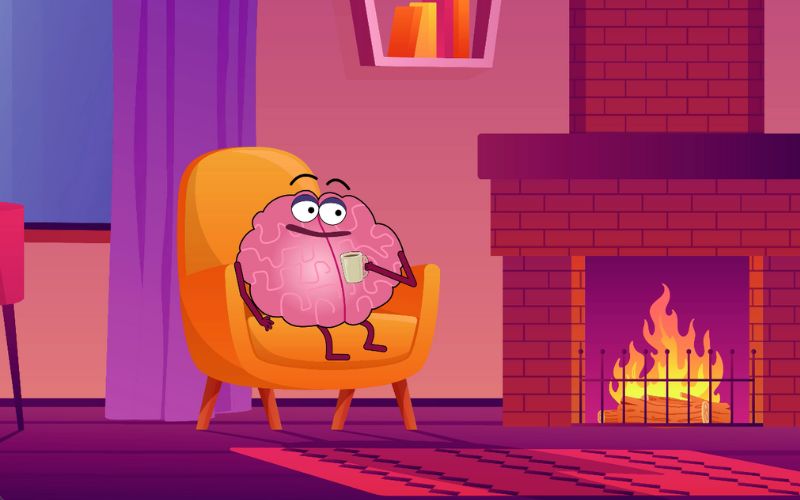
We can get trapped in this safe place, going through the motions without thinking about it, because it’s easy and it’s comfortable. Our thoughts and actions can get stuck in an endless loop that can be really hard to break.
The worst part is, because it all takes place in the subconscious mind, we, meaning our conscious brain, often aren’t even aware that this is happening most of the time.
This is what can lead us to binge-watch Netflix, feel disconnected with our partners, get addicted to drugs, or not pursue that new business idea.
Brain’s Autopilot System
We justify our actions and our decisions because of learned behavior and past outcomes and we say no to potential growth and opportunity because it’s safer to stay where we are. Because to our subconscious, potential growth = potential danger.
Your brain flips the cruise control button on and that becomes the default setting–and it’s a powerful one for your conscious mind, the CEO, to override.
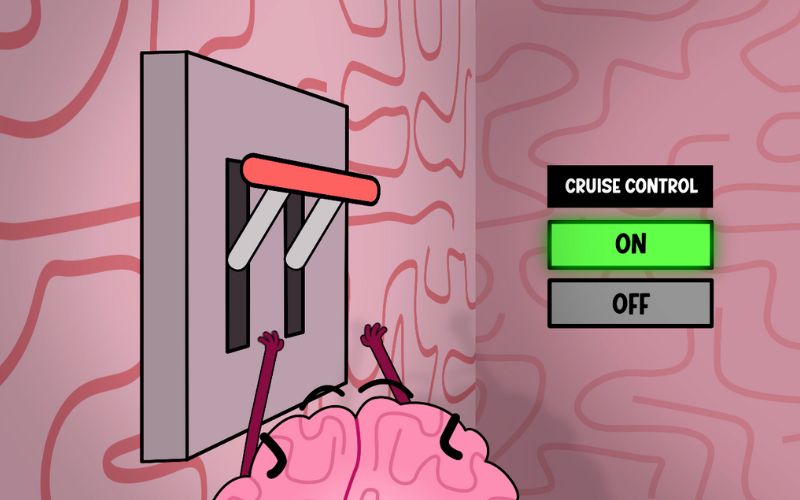
To stop living on autopilot by breaking a habit or trying something new feels like an alarm bell to the subconscious, which hasn’t evolved past seeing the unfamiliar as a potential threat.
This signal translates into ‘Danger!’ and our subconscious mind tries to pull us back into the safety and comfort of the known – our habits.
Fighting the Homeostatic Impulse
This is due to something called the ‘homeostatic impulse,’ which is like a special power our bodies have to keep everything working smoothly inside, no matter what’s happening outside.
Think of it as your body’s built-in thermostat. Just like the thermostat controls the temperature in a house, this impulse regulates essential functions like body temperature and blood pressure and even keeps our blood from getting too basic or too acidic.
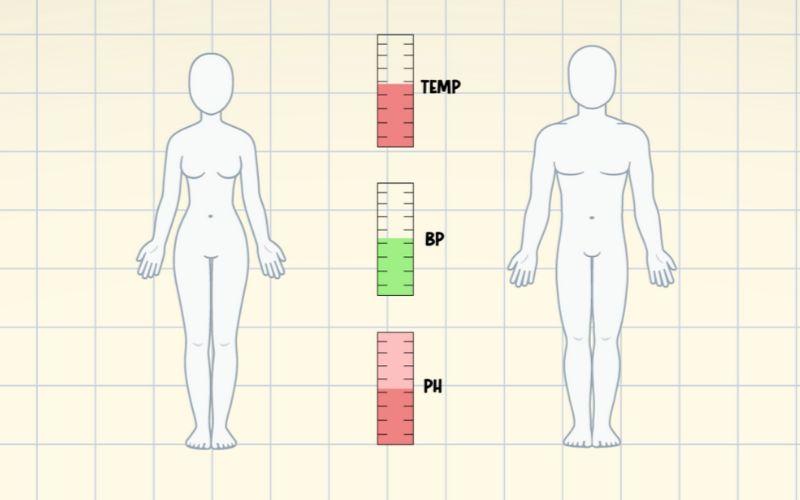
It basically keeps our bodies on track and operating within safe limits – not too high or too low. But this impulse doesn’t just look after our physical body; it also affects how we think and feel.
This system prefers predictability and efficiency for our safety, which is why it often resists changes – even those that our conscious brain knows are beneficial for us – and pulls us back to what’s familiar.
Tug of War Between Conscious and Subconscious Mind
This results in a metaphorical tug of war between the conscious and subconscious mind, and the subconscious mind often ultimately wins out.
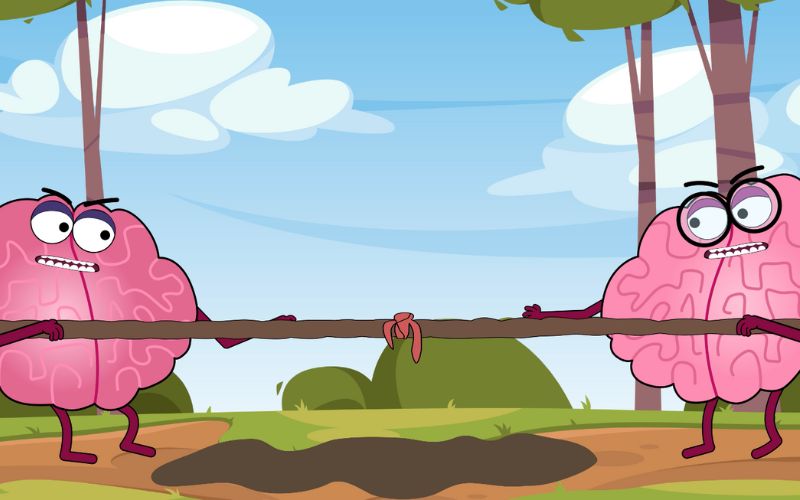
We feel this resistance in the form of anxiety, agitation, detachment, and so on and it can manifest in excuses that keep us in our habitual patterns.
So, how do we break this vicious cycle of zombified living on autopilot?
How to Stop Living on Autopilot
To stop living on autopilot and break free from this cycle, it’s important to understand that our subconscious isn’t necessarily the villain here.
It’s just trying to protect us from potential dangers in the unknown.
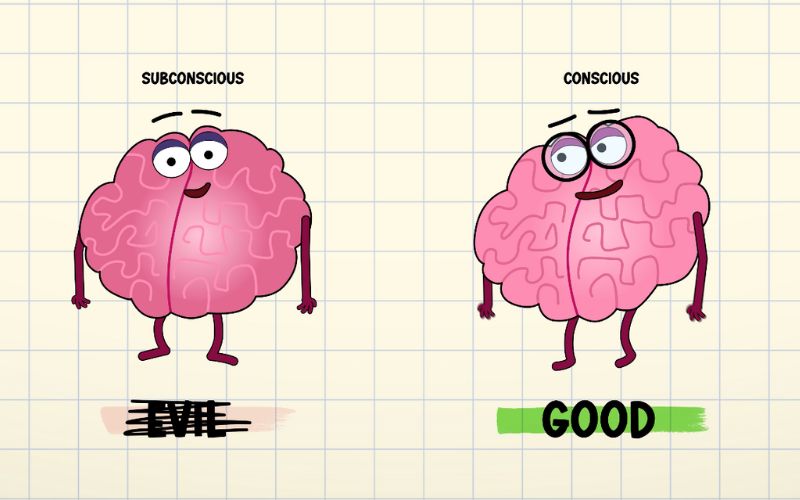
To grow and find fulfillment, we need to reassure it that new, conscious choices are safe and can be very beneficial.
And how do we do that?
The Power of Neuroplasticity in the Brain
Neuroplasticity is our brain’s remarkable ability to reorganize itself by forming new neural connections or pathways throughout our lives.
It doesn’t matter how old you are. Your brain is adaptable and it can learn from your inputs.
When you learn something new, whether it’s riding a bike, playing the piano, or practicing mindfulness, your brain creates new pathways and can even strengthen existing ones, making it easier to learn similar things in the future.

This is why people who speak more than one language pick up additional languages much easier. Their brains are wired to do so from past behavior.

But here’s the really exciting part: these changes aren’t just about learning skills—they also apply to our behaviors and thought patterns.
Changing Your Behavioral Patterns
By intentionally engaging in new behaviors and thoughts, you can combat negative patterns like anxiety, stress, or habitual pessimism that all stem from the subconscious mind.
For instance, each time you choose to respond calmly in a stressful situation instead of reacting out of habit, you strengthen pathways associated with calmness and weaken those associated with stress.
Think of it like a mental gym. Just as lifting weights builds muscle, practicing positive thinking and conscious decision-making strengthens the brain areas associated with those thoughts.
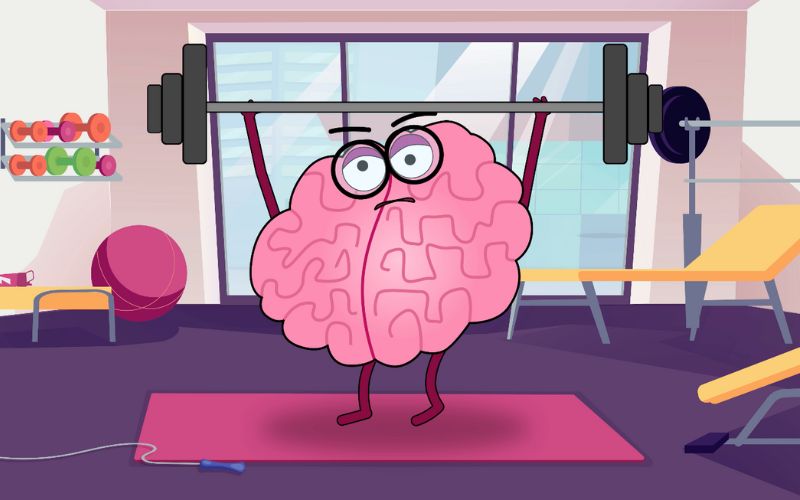
Over time, this can actually change the physical structure of your brain, making positivity more of an automatic response. It’s about rewiring your autopilot with BETTER habits so that you can lead a life where YOU are actually in control.
Every day, with every new choice, you are literally reshaping your brain to embrace the life you want to live.
But how do we find that cruise control switch and flip it off? How do we put the CEO back in charge?
Rewiring Your Autopilot for Control
Practices like mindfulness, meditation, and reflective journaling can help us become more aware of the decisions we make and the consequences they have.
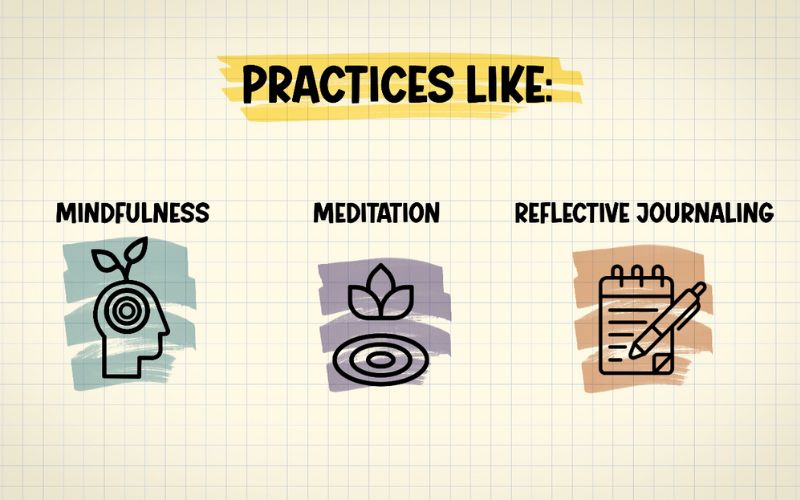
These activities don’t just help quiet the mind; they actively contribute to brain health by promoting new connections and increasing gray matter in areas linked to awareness, empathy, and emotional regulation.
Functional MRI brain scans have shown evidence that consistent conscious practices can actually thicken the prefrontal lobes, which is where our conscious awareness takes place.
This can be as simple as just taking two minutes to stop, be present, and reflect on your day.
If you want a regimented plan to follow, try this daily two-step exercise. It takes less than 5 minutes each day.
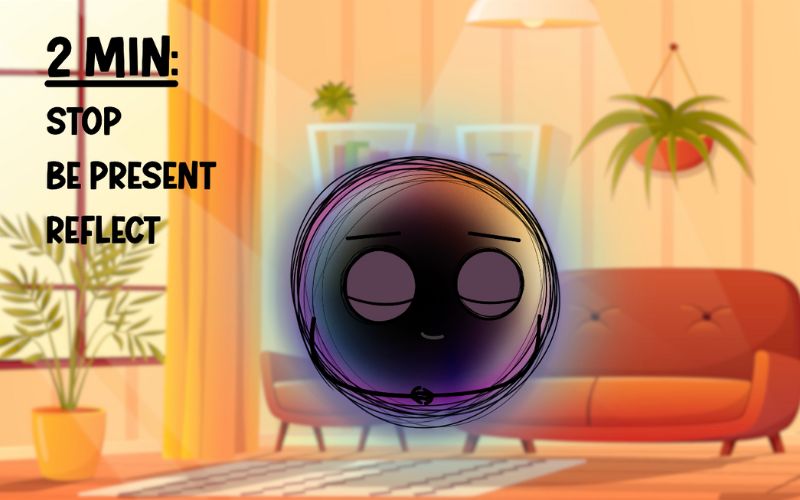
1. Two-Minute Mindful Moment
Any time during the day, pause and think about what you are doing, the decisions you have made today, and the reactions you have had.
- Notice any mental resistance you may feel.
- Acknowledge it, and understand that it’s normal.
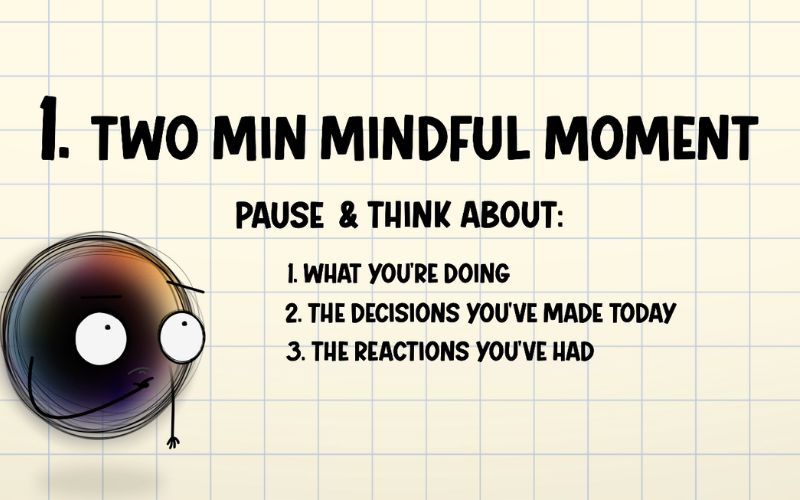
As Dr. Lepera states, “Your subconscious mind doesn’t like to be on display. It doesn’t like to be witnessed.”
You can begin to recognize that the discomfort you feel here is a normal and necessary part of change and that it is not danger or a signal to retreat. It’s an invitation and opportunity to explore and grow.
To reinforce this mindfulness, take another 2 minutes in the evening or before bed to do a gratitude exercise.
2. Two-Minute Gratitude Exercise
Think of three things you were grateful for today.
- Reflect on why each thing made you feel grateful.
- Set an alarm on your phone for each of these to remind you to make time for it.
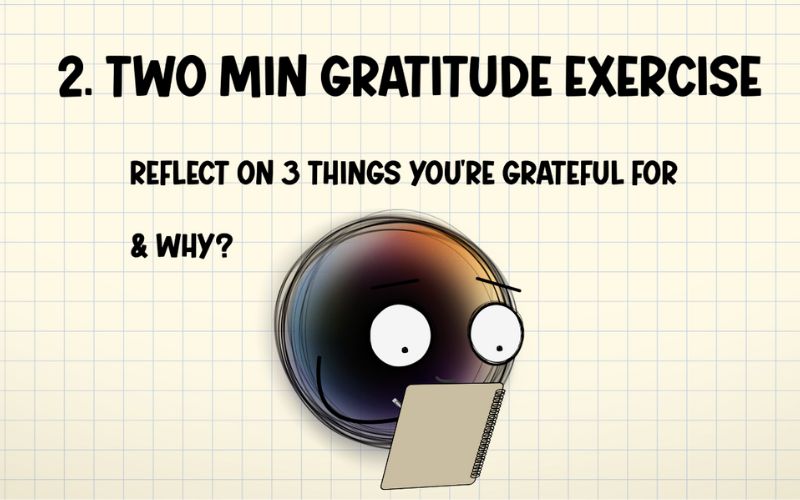
Any time you take a moment to stop and reflect on what you are doing in the present moment, you are turning off the cruise control.
You are stepping out of autopilot and letting the conscious brain take over and take stock of your surroundings, your feelings, and your emotions.
Positive Change is About Incremental Changes
Remember, the goal is to make incremental changes that add up to significant transformations.
By taking small steps and starting with just two minutes per day, you avoid overwhelming your brain’s homeostatic impulse, making it easier to integrate new behaviors into your life.
Becoming more self-aware isn’t just about doing different things; it’s also about thinking in new ways. With each step outside your comfort zone, you’re not just learning about the world—you’re learning about yourself.
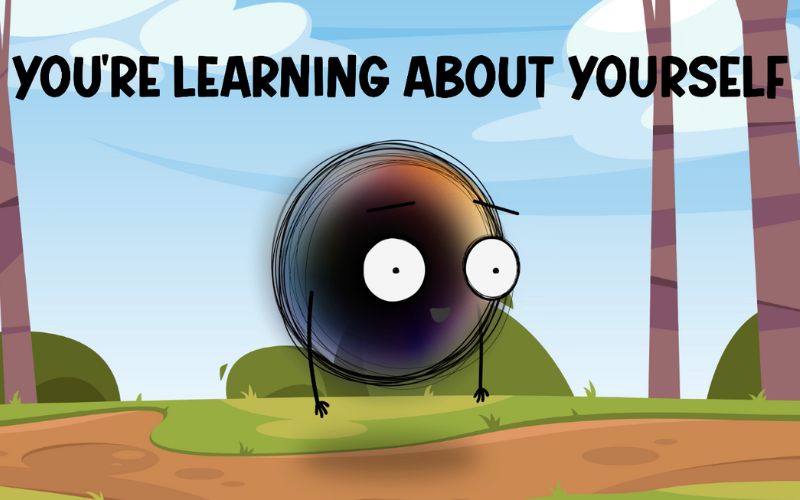
If you liked this article on how to stop living on autopilot, please take a second to subscribe to our YouTube Channel to support our free content!
FAQs About How to Stop Living on Autopilot
How can I stop living on autopilot?
To stop living on autopilot, recognize when your subconscious mind is driving habitual routines. Exercise your conscious brain power by practicing mindfulness and conscious awareness through techniques like meditation, mindful moments, and gratitude exercises. Introduce new behaviors such as these will gradually to rewire your brain’s neural pathways over time.
How do I get my body out of autopilot?
To get your body out of autopilot mode, you need to override the homeostatic impulse that keeps you stuck in familiar patterns. Do this by consciously choosing new behaviors, even if they feel uncomfortable at first. Practices like mindfulness can help strengthen your prefrontal cortex and conscious control.
Why am I living my life on autopilot?
You’re living life on autopilot because your subconscious mind, which loves efficiency and routines, has taken over many of your behaviors and decisions. The conscious mind takes the back seat as the subconscious drives your “autopilot” habits to maintain perceived safety and equilibrium.
Is living on autopilot dissociation?
Living on autopilot is a form of mild dissociation where you go through motions and routines while your conscious mind is not fully present and engaged. However, it’s not the same as more severe dissociative disorders involving detachment from reality or one’s identity.
